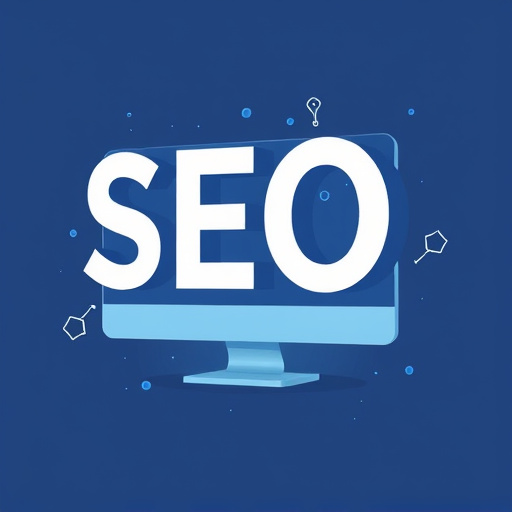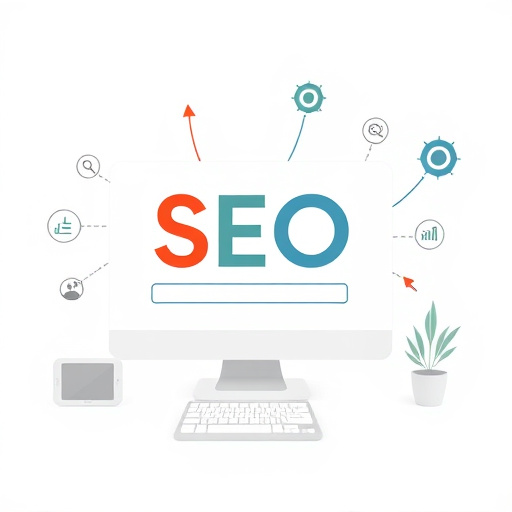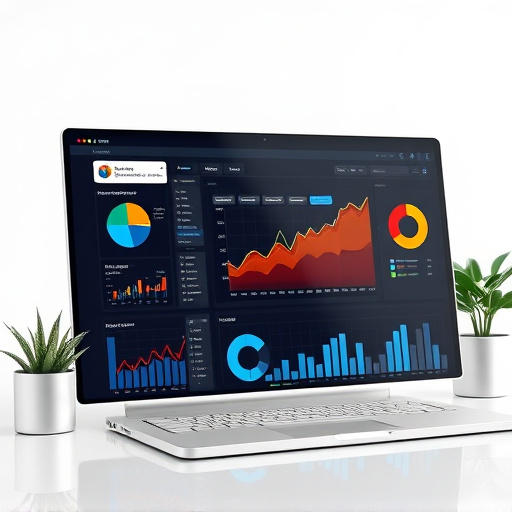Unlock Solutions: Optimize Website Conversions with Data Strategies

Website conversion optimization thrives on understanding user behavior through analytics tools, reve…….
Welcome to an in-depth exploration of website conversion optimization—a strategic approach that transforms online spaces into powerful tools for business growth and user engagement. In today’s digital age, where the web acts as a central hub for consumer interactions, understanding how to optimize websites is not just beneficial but essential. This article aims to provide a comprehensive guide, delving into various aspects of conversion optimization, its global impact, and future prospects. By the end, readers will grasp the art and science behind creating compelling online experiences that drive conversions.
Website conversion optimization (WCO) is a multi-faceted process focused on enhancing website performance by increasing the percentage of visitors who take desired actions, such as making purchases, subscribing to newsletters, or filling out forms. It involves a systematic analysis and improvement of every element on a webpage to create an optimal user journey. The core components include:
The concept of conversion optimization has evolved over the years, driven by advancements in web technology and a deeper understanding of user behavior. In the early days of the internet, websites were primarily informational, with limited focus on conversions. As e-commerce grew, businesses realized the need to create more engaging and targeted online experiences. The turn of the millennium saw the rise of data analytics tools, enabling marketers to track and analyze user interactions like never before.
WCO gained prominence as a strategy to improve conversion rates, which became a critical metric for measuring online success. Over time, it has expanded beyond e-commerce to encompass all websites aiming to achieve specific goals, such as lead generation, brand awareness, or customer retention. Today, WCO is an integral part of digital marketing strategies, helping businesses stay competitive in a crowded online marketplace.
Website conversion optimization is a global phenomenon, with businesses across various regions adopting strategies to enhance their online performance. The impact can be seen in the growing demand for specialized WCO services, as well as the emergence of regional experts and thought leaders. International e-commerce giants like Amazon and Alibaba have played a significant role in shaping global trends by continuously refining their websites to offer seamless shopping experiences.
The economic implications of website conversion optimization are profound, as businesses invest heavily in optimizing their digital properties to gain a competitive edge. According to a report by Marketer, global investment in digital marketing reached an impressive $209 billion in 2021, with a significant portion allocated to WCO initiatives. This trend is expected to continue as businesses recognize the direct correlation between optimized websites and increased revenue.
WCO offers substantial return on investment (ROI) potential. By improving conversion rates even by small percentages, companies can experience significant financial gains. For instance, a 1% increase in conversion rate for an e-commerce site with annual sales of $10 million translates to an additional $100,000 in revenue. Such tangible outcomes make WCO a top priority for many businesses, driving investment and innovation.
Artificial Intelligence (AI) and Machine Learning (ML) are revolutionizing WCO by enabling more personalized and predictive user experiences. These technologies power recommendation engines, chatbots, and automated content generation, enhancing user engagement. For example, Netflix utilizes ML to offer tailored content suggestions, increasing user retention and conversions.
With the rise of voice assistants like Siri and Alexa, voice search optimization has become crucial. This involves optimizing web content for natural language queries, ensuring websites rank well in voice search results, such as Google Assistant.
AR and VR technologies are finding their place in WCO, especially in retail and e-commerce. AR allows users to visualize products in a real-world setting, improving the online shopping experience. VR, on the other hand, offers immersive product demonstrations, increasing conversion rates in certain industries.
The global digital landscape is governed by various data privacy laws, with each region having its own set of regulations. The EU’s GDPR, as mentioned earlier, sets strict rules for user data handling. Similarly, California’s Consumer Privacy Act (CCPA) in the US has led to increased transparency and user consent requirements. Businesses must comply with these regulations to ensure legal and ethical WCO practices.
Regulatory bodies are also addressing the sharing of customer data between companies to facilitate personalized marketing. Some regions are implementing policies that allow users more control over their data, while others are encouraging data collaboration for improved user experiences. These policies shape how businesses approach WCO, especially in cross-border e-commerce.
Amazon is a prime example of successful WCO implementation. By leveraging customer data and machine learning, they offer personalized product recommendations, tailored search results, and targeted promotions. This strategy has significantly increased conversion rates and customer satisfaction, solidifying Amazon’s position as an e-commerce leader.
Airbnb transformed its booking process through mobile optimization, recognizing the majority of users accessed their platform on smartphones. They simplified the booking flow, made search filters more intuitive, and optimized images to enhance the mobile user experience. As a result, mobile conversions increased by over 40%, demonstrating the power of device-specific optimization.
Netflix’s WCO strategy revolves around personalized content recommendations. By analyzing viewing history and preferences, they curate tailored playlists, increasing user engagement and subscription renewals. This case highlights how data-driven WCO can foster customer loyalty and drive conversions.
Website conversion optimization is a dynamic field that continues to evolve with technological advancements and changing consumer behaviors. As businesses navigate an increasingly digital world, WCO plays a pivotal role in achieving online success. By understanding user needs, leveraging data analytics, and adopting innovative technologies, organizations can create compelling websites that drive conversions and foster customer loyalty.
The global impact of WCO is evident, with regions embracing unique strategies while sharing common goals of improving digital experiences. As the field matures, the focus will shift towards ethical practices, personalized experiences, and adaptive technologies. By staying informed and proactive, businesses can stay ahead in the race for online conversions.
Q: How does WCO differ from traditional web design?
A: While traditional web design focuses on aesthetics and basic functionality, WCO goes beyond to optimize every element of a webpage to drive specific user actions. It involves a data-driven approach and psychological understanding of users.
Q: What tools do I need for effective WCO?
A: There is a plethora of tools available, including analytics platforms (Google Analytics), A/B testing software (Optimizely, VWO), heatmap analyzers (Hotjar), and conversion rate tracking tools. Choosing the right tools depends on your website’s needs and budget.
Q: How can I ensure my website is mobile-friendly?
A: Responsive web design is key to a mobile-friendly website. Ensure your site adapts seamlessly to different screen sizes and resolutions. Optimize for fast loading times, simplify navigation, and prioritize content accessibility for mobile users.
Q: Is investing in WCO worth it? How can I measure ROI?
A: Absolutely! WCO offers significant ROI potential by increasing conversion rates and improving overall website performance. Measure success through conversion rate improvements, higher revenue, extended user engagement, and positive customer feedback.
Q: How do I stay updated with the latest WCO trends?
A: Follow industry blogs, attend webinars, and join online communities dedicated to WCO. Subscribe to newsletters from leading experts and keep an eye on emerging technologies and best practices.

Website conversion optimization thrives on understanding user behavior through analytics tools, reve…….

Understanding target audience needs through market research and buyer persona creation is vital for…….

Optimizing website conversion involves understanding target audience needs, creating compelling cont…….

Heatmaps, scroll tracking, A/B testing, and data analysis optimize user experience on websites. Craf…….

Optimizing website conversions is vital for online business success. By understanding user behavior…….

A well-designed website with user-friendly features and mobile responsiveness is key for businesses…….

In Hollywood, FL, local businesses prioritizing website conversion optimization thrive in the digita…….

Utilizing tools like Google Analytics to track user behavior is key for website conversion optimizat…….

Optimizing website conversion involves analyzing user behavior through data, tailoring interactions…….